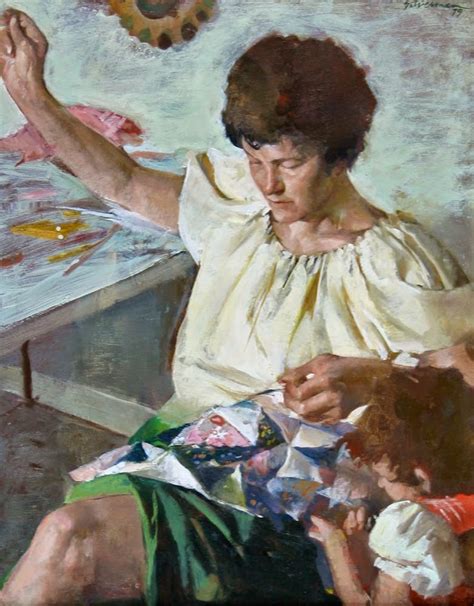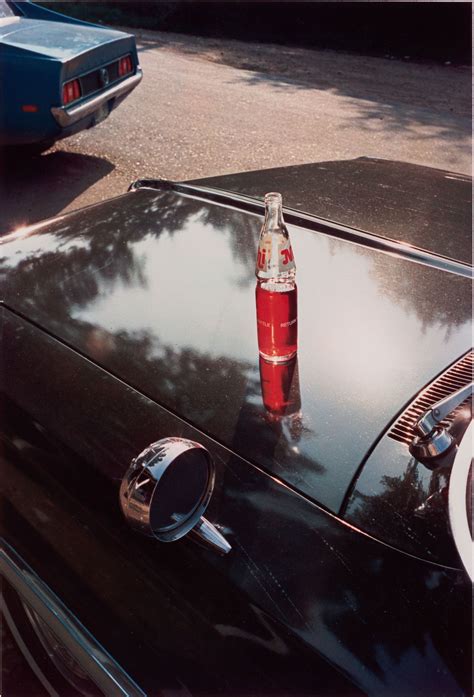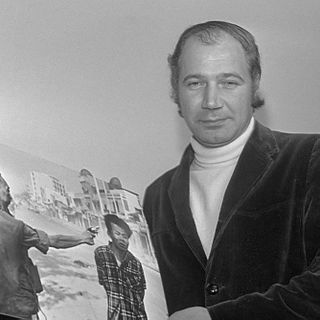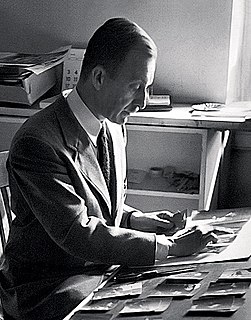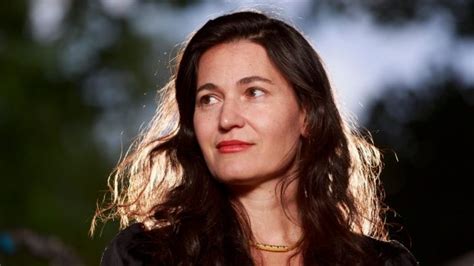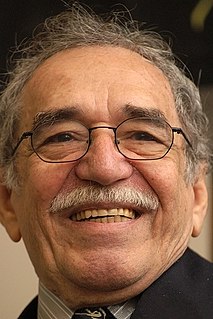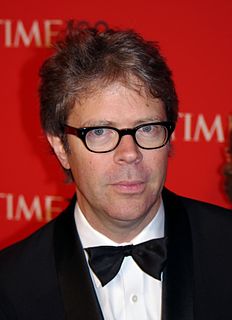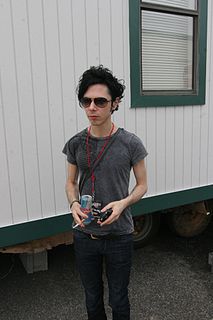A Quote by Joel Sternfeld
Some of the people who are now manipulating photos, such as Andreas Gursky, make the argument - rightly - that the 'straight' photographs of the 1940s and 50s were no such thing. Ansell Adams would slap a red filter on his lens, then spend three days burning and dodging in the dark room, making his prints. That's a manipulation. Even the photographs of Henri Cartier-Bresson, with all due respect to him, are notoriously burned and dodged.
Related Quotes
The decisive moment, the popular Henri Cartier-Bresson approach to photography in which a scene is stopped and depicted at a certain point of high visual drama, is now possible to achieve at any time. One's photographs, years later, may be retroactively rephotographed by repositioning the photographer or the subject of the photograph, or by adding elements that were never there before but now are made to exist concurrently in a newly elastic sense of space and time.
Photographers should make three or four prints from one negative and then crop them differently. When I was art director at Harper's Bazaar and at several agencies as a consultant, young photographers would bring me their portfolios and all the prints would be in the same standard proportions, either for the Leica or the Rolleiflex. Many times, by limiting themselves in this way, they missed the true potentialities of their photographs.
During my performances, I don't like folks to take pictures because I feel that we live in a very photographic time. Photography was invented over 100 years ago, and now it's at its peak because everyone has a camera. The fact that they are taking experiences and filtering them through a mechanical lens I find amazing, but also disheartening. Amazing when you have photographs that start revolutions. Disheartening when you have people making photographs but not living.
It wasn't until I realised that I could actually take nice photographs that I started to become passionate about it. I then got a few jobs working for magazines in London, and I would get terribly excited and intense about doing a job and taking photographs and looking through the lens to capture something amazing.
If I were going to construct a God I would furnish him with some ways and qualities and characteristics which the Present One lacks... He would spend some of His eternities in trying to forgive Himself for making man unhappy when He could have made him happy with the same effort and He would spend the rest of them in studying astronomy.
She asked him to come and see her that night. He agreed, in order to get away, knowing that he was incapable of going. But that night, in his burning bed, he understood that he had to go see her, even if he were not capable. He got dressed by feel, listening in the dark to his brother's calm breathing, the dry cough of his father in the next room, the asthma of the hens in the courtyard, the buzz of the mosquitoes, the beating of his heart, and the inordinate bustle of a world that he had not noticed until then, and he went out in the sleeping street.

